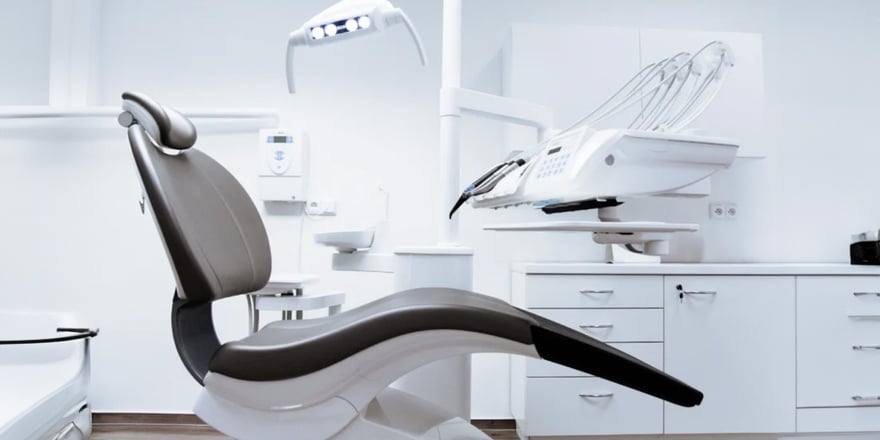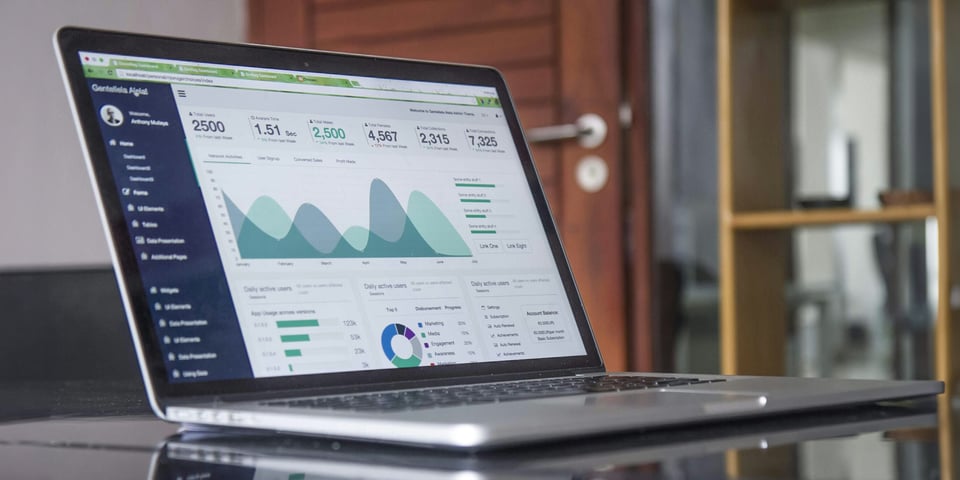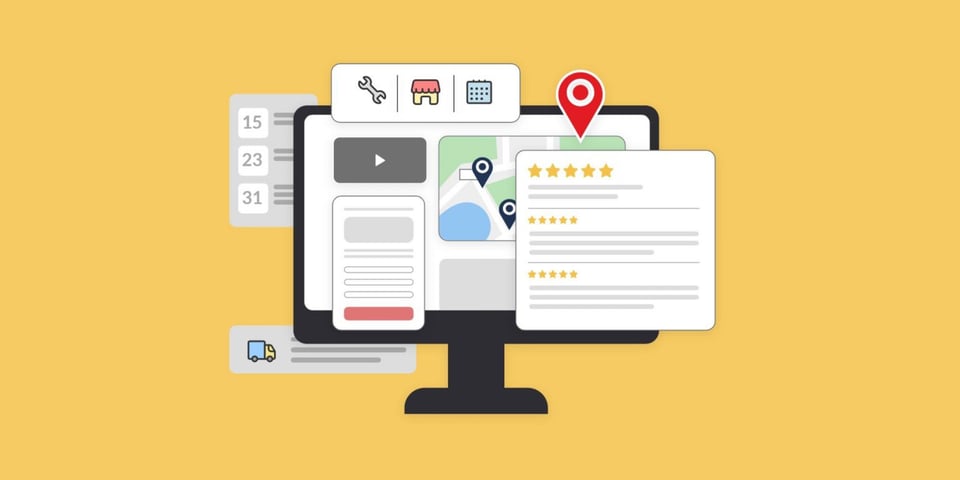In medical equipment manufacturing, an industry slated to grow to $671 billion by 2027, companies must employ a smarter online strategy to make more sales and expand their brand presence.
A key, yet often overlooked, digital asset? The locator page.
Also known as the “Where to Buy” page, your locator’s potential goes far beyond simply listing providers, vendors, or retail outlets. With the right tech behind it, your locator can be a powerful lead generation and sales tool that’s fully adaptable to your unique sales process.
For example, your locator might direct patient leads to first-class healthcare providers who use trusted products, while capturing the patient’s contact information and giving you more leverage with providers. Suddenly, your locator is no longer a page out of a phone book. It’s a powerful tool that enhances your business development and drives sales.
Here, we’ll share 3 medical device companies that are using locators to meet prospects’ needs while powering lead gen and revenue growth.
The secret behind all of these locators? They’re built with Bullseye, a leading platform that creates valuable, high-ROI locator pages for manufacturers who are looking to grow.
Example 1: DenMat’s Dentist Locators
DenMat, a premier manufacturer of dental products, has a locator that does a lot right.
For one, consider the provider locator for DenMat’s Lumineers brand of dental veneers. It hits several high marks. For one, it features a nice, easy-to-understand design, as well as geolocation detection, which automatically shows dentists who use Lumineers products in the local area.
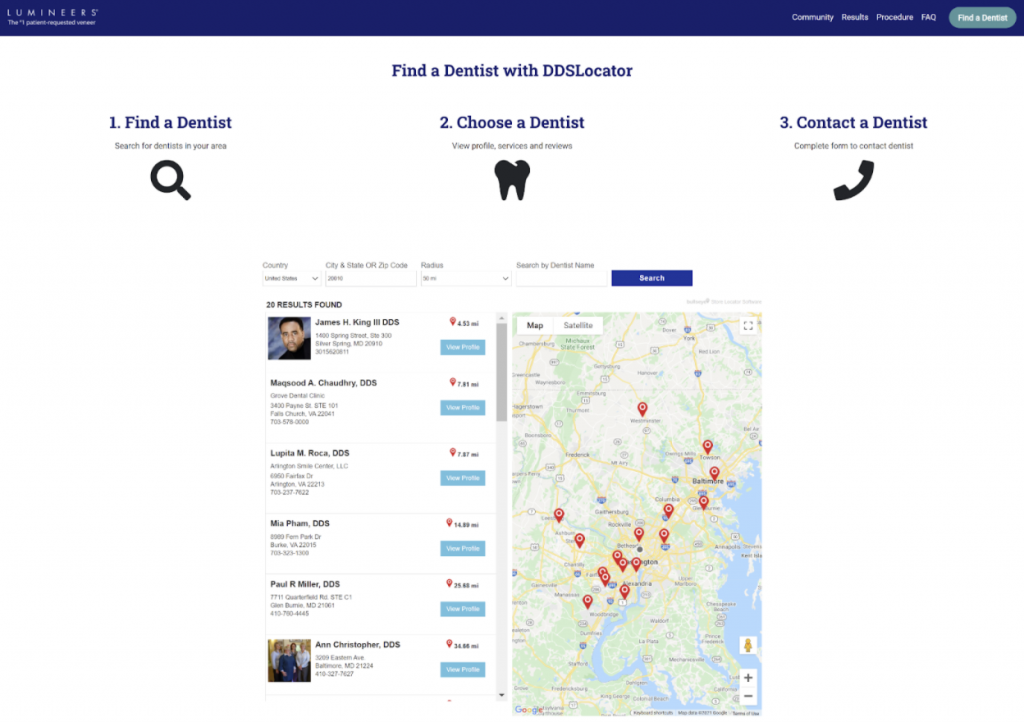
Another of DenMat’s brands is Snap-On Smile, a line of custom dental arches. The locator page for Snap-On Smile leverages the same design as the Lumineers page.
For both brands, when a user clicks “View Profile” next to a dentist’s name, they’re taken to a local search-optimized page that describes more about that particular dentist and their services.
This extra content helps users hone in on the perfect provider. As users are determined to find a dentist who uses Lumineers or Snap-On Smile products, the profiles give them enough extra context to make a better-informed final decision.
In addition, because up to 88% of consumers will visit a business after a local mobile search within 24 hours, using local SEO keywords to increase the search engine ranking of these content pages will attract new prospects who are ready to act.
Thanks to a well-designed locator, the patient journey from choosing a DenMat accessory to finding the right dentist is made much shorter and easier.
Example 2: DermTech’s Provider Locator
For another locator that drives a ton of value, see equipment maker DermTech, which creates a device that tests for skin cancer.
Their locator page is easy to use, and is appealing to patients who want to find a trusted provider quickly and without hassle. The clean design invites web users to enter their location and find local practices that use DermTech’s diagnostic products.
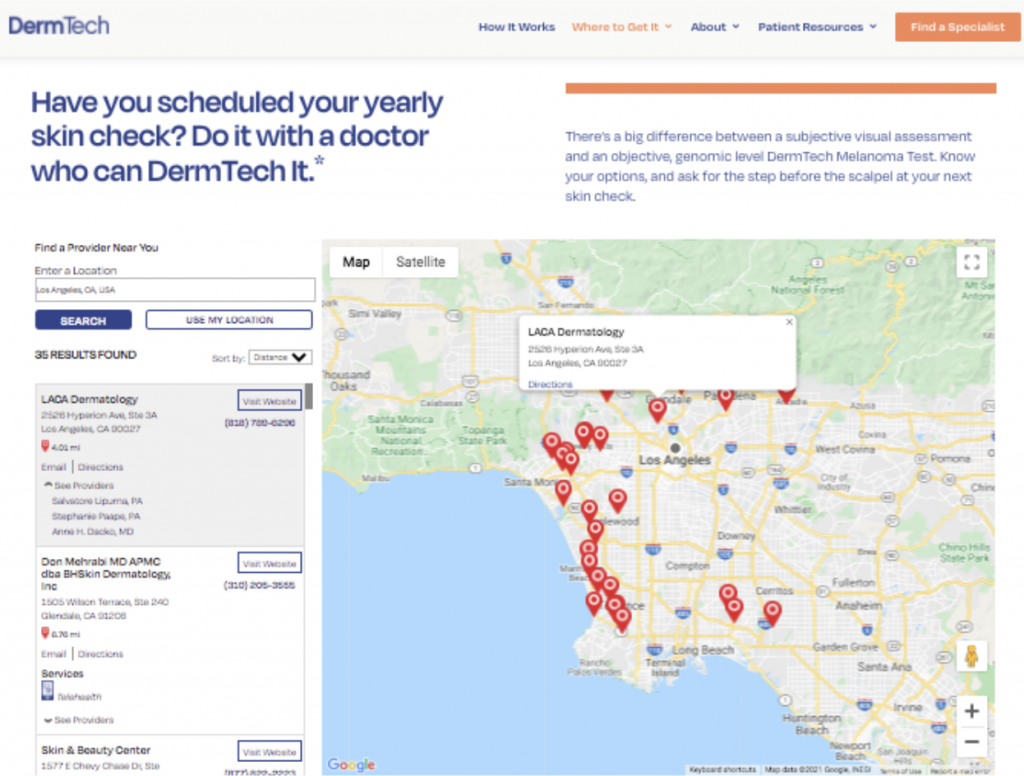
The detailed practice listings, along with the large, very readable map that populates the search results, are a great help to patients judging the closest distance to the right provider.
From here, DermTech’s locator gets even more helpful. Each provider listing shows the physicians who work at the practice. Because doctors often work for more than one practice, this feature is helpful for patients who like to research individual providers before scheduling appointments.
Additional relevant details will always be helpful for the consumer. That, in turn, makes it easier to generate leads and drive sales for your products. For the best locator ROI, give users everything they need to know.
Example 3: Shoppers Drug Mart’s Store Locator
Shoppers Drug Mart, the Canadian chain of drugstores owned by Loblaw Companies, has a locator page that wins.
Why? Because of a great user experience furnished by a helpful design, useful filters, and detailed content.
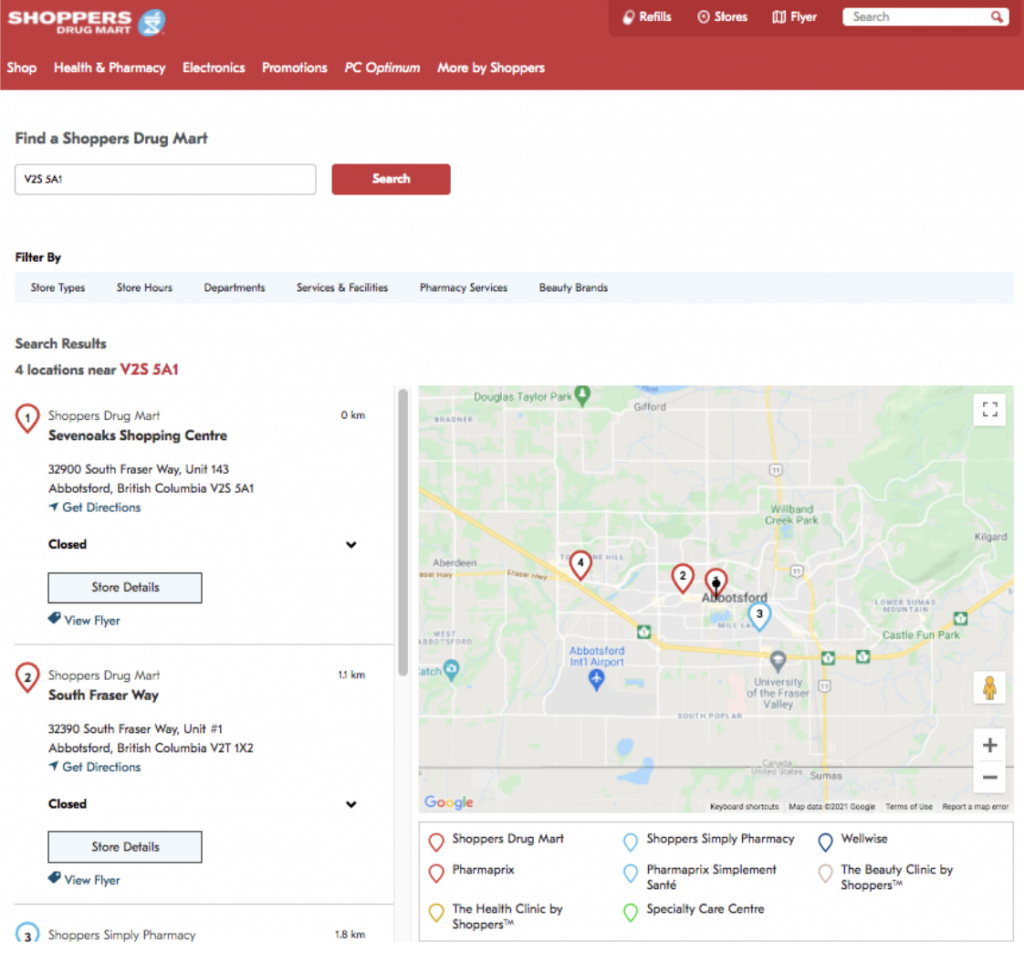
The Shoppers Drug Mart locator features geolocation detection, which spares users the trouble of entering their postal code.
Beyond this, users can filter the search results by pharmacy services (like blood pressure checks and flu vaccinations), store hours, departments, and much more.
For each individual store, users can check out the Store Details page, which gives even more details on hours of operation, services, and specific brands in stock. Users can also click “View Flyer” to see the latest promotions at the local store of their choice.
This is another example where serving the customer is a winning proposition. According to Think with Google, 6 in 10 customers will check a store’s inventory online if possible before paying a visit in person. As a retailer, Shoppers Drug Mart makes this easy by showing available brands for each store and providing downloadable flyers.
The lesson: do customers a favor by showing how many of your products — or which product lines — your retail locations or providers have in stock.
Combine that with geolocation detection and a design that makes all the details of each location accessible, and you’ll provide a user experience that boosts sales.
What Do All These Locators Have in Common? Bullseye.
For the best Where-to-Buy pages a medical device company can have, the Bullseye Location software is the way to go.
That’s because it brings to bear all the important features that drive leads and sales of medical equipment and devices, such as:
- Locally-optimized provider content
- Detailed listings
- A comfortable, easy-to-navigate user experience
- Automatic location detection

Bullseye is built to handle all of the above. It’s flexible, customizable, and helps device markers provide rich detail on listings while capturing leads.
That means you can supervise customer journeys from beginning to end…enabling you to prove ROI to providers, drive more leads to top performers, and encourage more sales of your products.
Would you like to see the difference a Bullseye-powered locator can make for your medical device sales? If so, schedule a free assessment of your current locator solution today.

